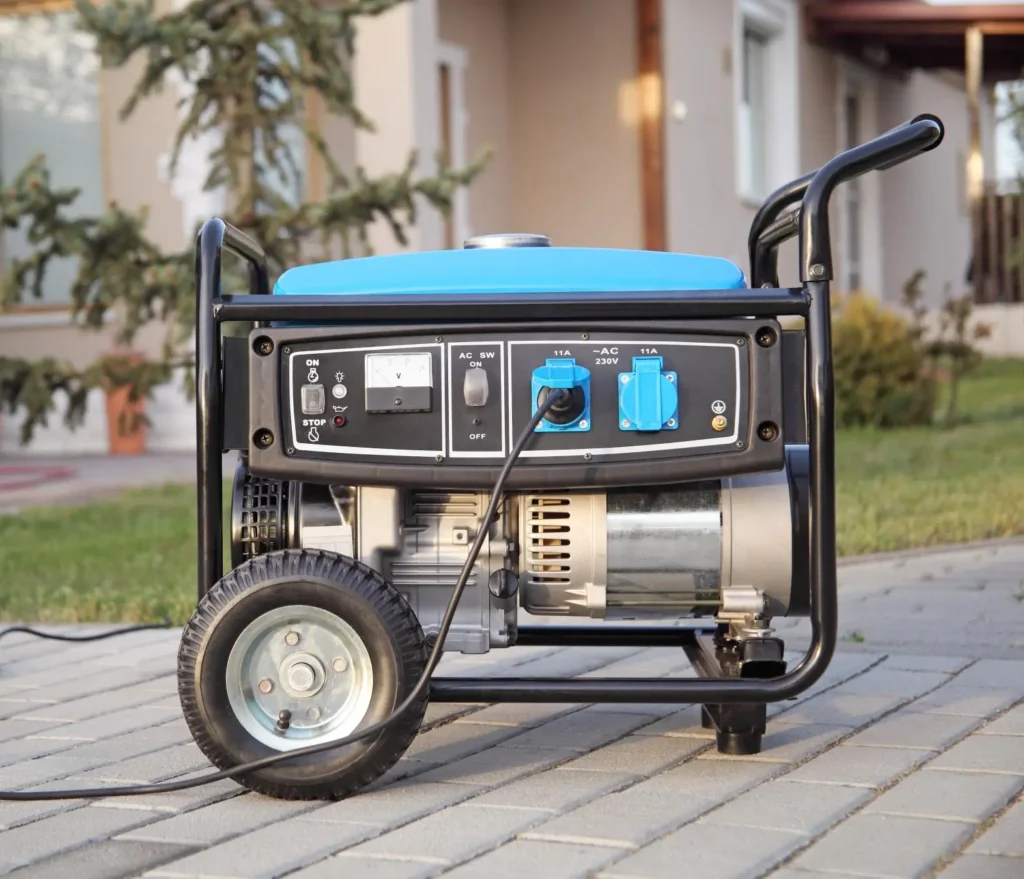What is the Risk to You?
June marks the beginning of hurricane season — one that threatens to be unusually destructive this year — and millions of Americans are preparing to protect their families and property against the elements. But many don’t realize that a key component of their emergency plan may pose risks just as deadly as a hurricane.
Portable generators have become the go-to tool for easing the inconvenience of storm-related power outages, but when operated improperly, they can create a lethal hazard.
Generators produce electricity, but also emit carbon monoxide, a colorless and odorless silent killer that offers little warning to victims. There are symptoms of CO poisoning — headaches, dizziness, nausea, vomiting, and confusion — but they are similar to a common cold or flu and might be ignored until it’s too late.
By the Numbers
Hover over each stat below to learn about the risks posed by improper portable generator use.
You Can Prevent CO Poisoning
A report last year by UL Standards & Engagement found 29 million generators in use across the United States, but 62% of owners did not realize they could result in CO exposure.
The U.S. Centers for Disease Control and Prevention estimates that at least 430 Americans die annually from unintentional CO poisoning, and 50,000 require emergency care. One analysis estimates the national price tag for hospital costs, lost earnings, and other expenses is more than $1.3 billion a year. Last year, two people died and 400 went to emergency rooms in Texas alone following Hurricane Beryl.
The toll is as staggering as it is preventable.
Whether you live in the hurricane zones of the Atlantic or Gulf coasts, the tornado alleys of the nation’s midsection, or the wildfire-prone West, it is critical to learn how to safely use a generator before an emergency strikes.
- Look for generators that conform to UL 2201: While older generators have no built-in protections, newer models built to the UL 2201 standard set by ULSE feature dramatically lower CO emissions and must include a built-in CO sensor that automatically stops the engine if unsafe concentrations are detected. A study by the CPSC found nearly all of the 511 generator-related deaths in its database could have been prevented if the devices met the UL standard.
- Detection is prevention: Regardless of the type of generator used, a critical line of defense is having a CO alarm nearby. From plug-in to battery-powered CO alarms, there are several inexpensive and convenient options that set off a blaring alarm before the “silent” killer reaches levels preventing someone from reacting. CO alarms that meet ULSE’s UL 2034 standard can easily be found in the $20 range and should be used anytime a generator is in operation and also provide year-round protection from CO from a malfunctioning gas furnace, water heater or other fuel-burning device.
- Don’t confuse smoke alarms with CO alarms: Despite widespread awareness of CO alarms, their usage lags far behind smoke alarms. Many people believe smoke alarms also protect against CO, but unless a specific combination alarm is in use, that’s not the case.
This year’s hurricane season comes just after ULSE released a new report analyzing each state’s regulatory efforts, health outcomes, and public awareness to prevent CO poisoning. The results show a vast divide between states leading the way on CO safety and others that are less robust. Among hurricane-prone states, Alabama had the highest overall rating, thanks in part to requiring CO alarms in most homes and apartments, and a high score on public awareness. Others, however, including Texas and Louisiana, are in the “early stages” of CO safety measures, and the report recommended that they mandate CO alarms and ramp up public awareness.
Thanks to aggressive campaigns by state and local governments, it’s rare to see a new home or business without a smoke alarm. That is a template toward increasing awareness of the dangers of CO and making CO alarms as universal as smoke alarms whether it’s when generators are in use or year-round.
In the meantime, as Americans look out for the perils of the 2025 storm season, it’s important to remember the hidden danger of generators and CO, and how a modest investment in a CO alarm combined with knowledge of basic safety practices can save lives.
Sayon Deb is Director of Primary Insights at UL Standards & Engagement, a safety advocacy organization.
